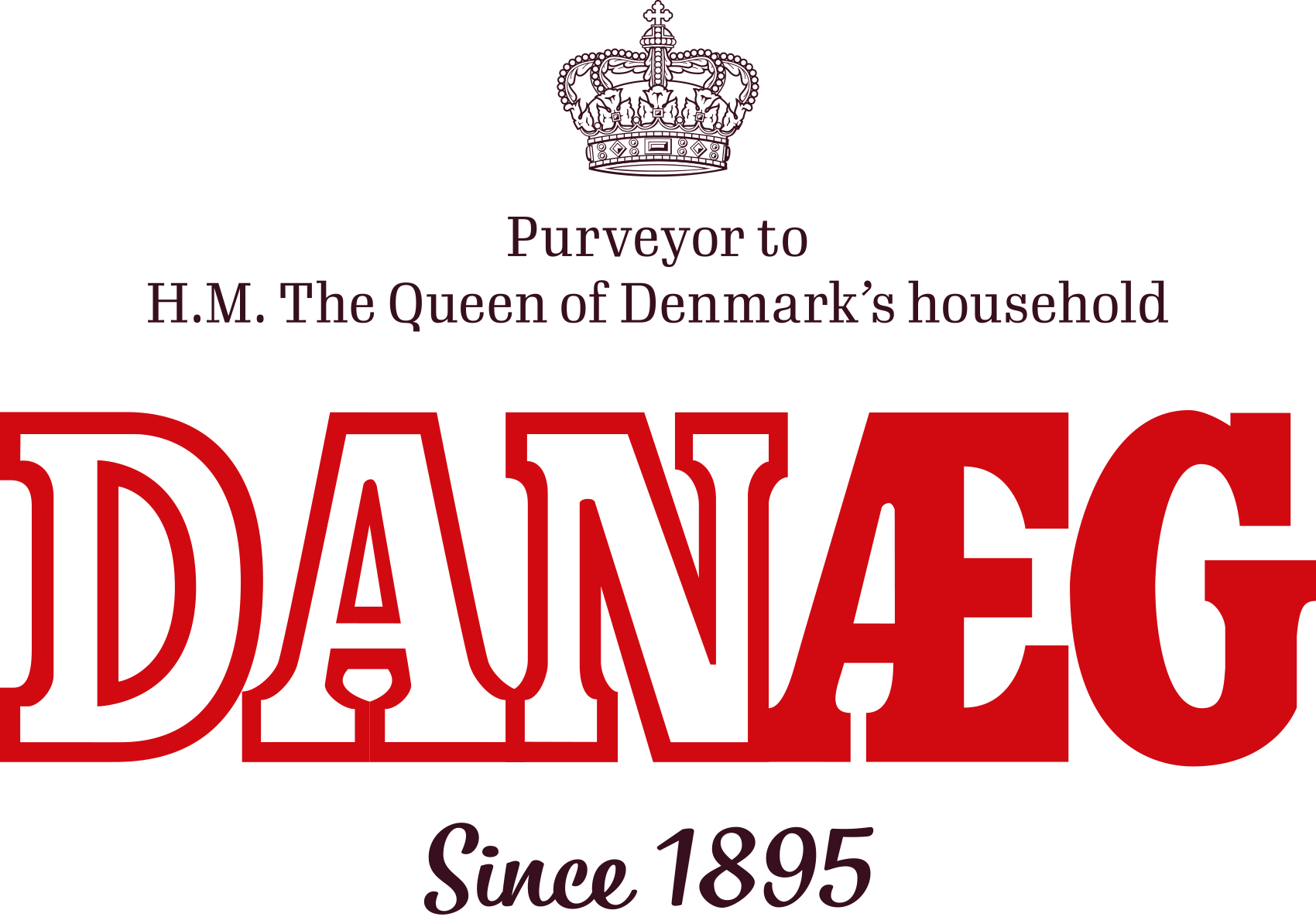Egg production
From the barn to the dining table
From the time the egg is laid in the barn at one of our Danish farmers until it lands in the refrigerated counter, it has to go on a little journey. Along the way, the egg is weighed, sorted by size, checked for defects and stamped in our egg packing station in Christiansfeld. Learn more about the eggs' journey from the barn to the dining table.
The journey of the egg
How do eggs get from the barn to the store?
Every day, our farmers collect the fresh eggs. They pack the eggs in trays and put them in an approved cold room (max 12 ºC). Here, the eggs are safe and cold until they are picked up by Danæg's trucks, who visit the farm at least twice a week.
The eggs are driven to our egg packing plant in Christiansfeld in Southern Jutland. Here the eggs are checked for defects, sorted by size and packed in different egg trays. Then they are ready for the last trip by truck to grocery stores across the country.
Egg packing in Christiansfeld
What happens at Danæg's egg packing station?
At the packing plant in Christiansfeld, we receive fresh eggs every day from our Danish egg producers. At the packing plant, dirty or cracked eggs are sorted out so that only the best eggs reach the shops. The eggs are screened so that we can see internal defects, such as blood stains.
In the packing plant, we stamp all the eggs with a traceability code that makes it possible to trace the individual egg back to the producer. Once the eggs have been sorted, checked and stamped, they are packed and picked up by trucks, which drive them out to grocery stores across the country or abroad.
Traceability codes
Why do all eggs have a stamp?
All our eggs are stamped with a traceability code. The code make it possible to trace the individual egg back to the farmer. At the same time, the code shows whether the egg originates from organic, free-range, barn or cage hens.
Danæg was the first in the egg industry to introduce the labeling of eggs in the year 1895 to increase egg quality, and today it is an EU requirement that all eggs in the EU must be labeled with a traceability code.
Decode the stamp
How do I read the stamp on the egg?
It is the top row of numbers in the stamp that is about traceability. The first number tells you what type of egg it is.
0 = Organic eggs
1 = Free range eggs
2 = Barn eggs
3 = Cage eggs
The letters DK mean that the eggs has been laid at a Danish farm. Other EU countries have their own country codes. The last six numbers are the individual farm's CHR number (approval number). The bottom line is solely production information for our internal use.
The Danish cold chain
Why do we keep eggs refrigerated in Denmark?
The cooling chain is a unique Danish phenomenon that ensures that all eggs are stored refrigerated (max 12 ºC) all the way from the farm to the store. The food authorities had a special focus on the benefits of refrigerating eggs when the Danish salmonella action plan came into force in 1996.
It was found that the growth rate of the salmonella infection is greatly reduced at temperatures below 12 ºC. With the Danish salmonella action plan, it was therefore introduced as a legal requirement, which at the time as today is a special Danish rule in relation to EU legislation.
